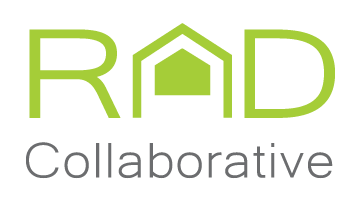“We’d like to give our residents the choice of better neighborhoods, but we can’t afford the cost of land, overcoming NIMBY opposition or the competition for 9% LIHTC.”
This is a common PHA frustration especially in response to more focused FHEO requirements. One answer: Design a strategy that aggressively uses RAD Transfer of Assistance. Through Transfer of Assistance, RAD subsidy is effectively transferred from neighborhoods with high minority and poverty concentrations to opportunity neighborhoods. There are three primary approaches—all of which improve the lives of families and have the added benefit of complying with FHEO requirements to limit rebuilding in areas with concentrations of poverty.
First, work with the HFA and the local development community to put 10-20% RAD units in every local LIHTC deal. A variant of this strategy has been used by the Atlanta Housing Authority for the past decade—working with the HFA to provide QAP bonus points for serving very low income (VLI) families and giving those families the opportunity to live in the best new developments in the city. One of the first RAD deals was a Transfer of Assistance to a new 9% LIHTC project by the DeKalb Housing Authority.
Second, purchase expiring LIHTC properties. These properties, while not new, still provide access to good neighborhoods and can often be purchased at attractive prices because of the long-term use restriction. Mission-driven soft lenders are often willing to allow assumption of soft debt, rather than requiring full pay-off.
Third, purchase existing apartments in opportunity neighborhoods. Use an experienced multifamily real estate broker and design your acquisition “box”. In Charlotte, where CHA has aggressively acquired apartments, the “box” was 100-150 units, in target areas, primarily 2 and 3 BR, on transit, list price of $70,000/unit, needing $30,000/unit of rehabilitation, with a relatively high vacancy level to minimize URA costs. Within those parameters, CHA could acquire property and operate it while seeking 4% LIHTC tax-exempt bond financing. For mid-sized PHAs, acquisition financing is a challenge because buying existing apartments is significantly more expensive than buying land. Fortunately, CDFIs (NEF/LISC, Mercy Loan Fund, LIIF, etc.) make acquisition loans at market interest rates up to 95% of value for 12-36 months. PHAs can use these loans to buy apartments and operate them until 4% LIHTCs can be put in place.
Currently, about 10% of all RAD deals involve Transfer of Assistance. As PHAs become more knowledgeable about the strategic use of this tool, the numbers can climb and more PHA families will benefit from living in opportunity neighborhoods.
Kathleen Foster, Strategic Advisor to the RAD Collaborative

